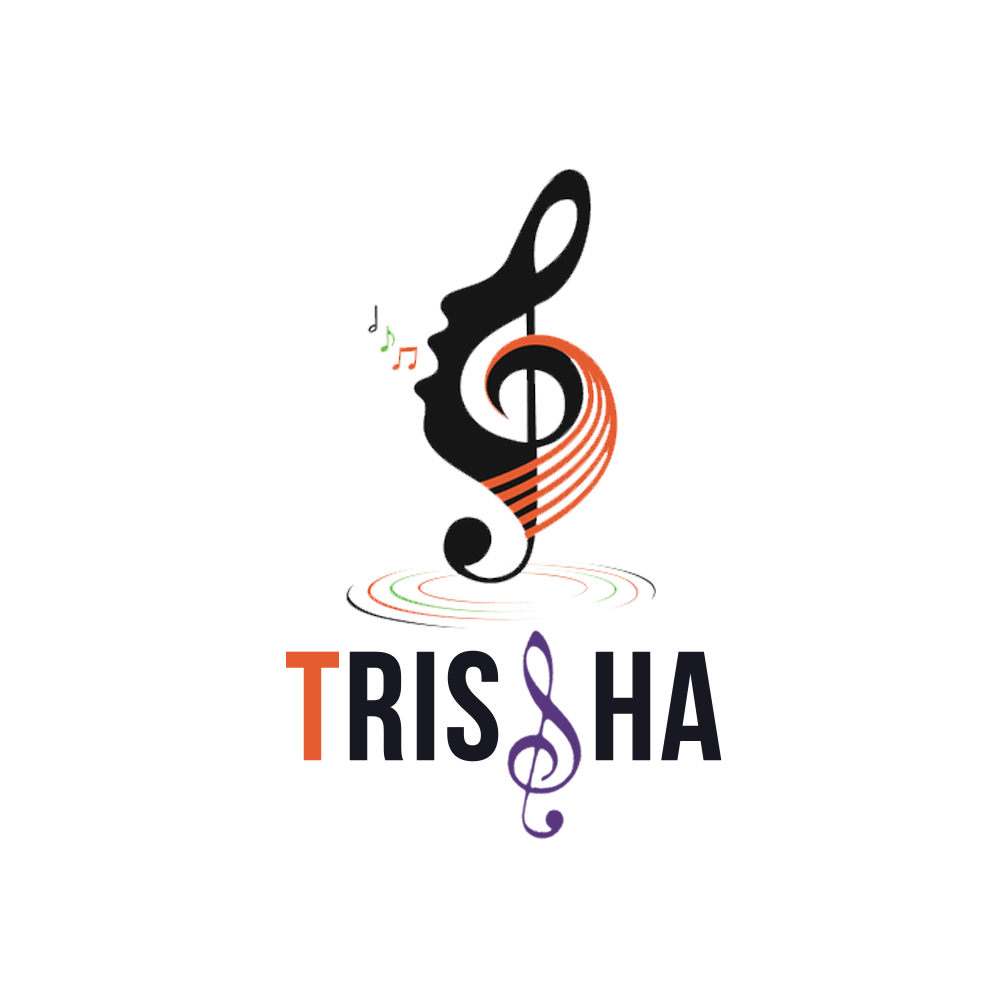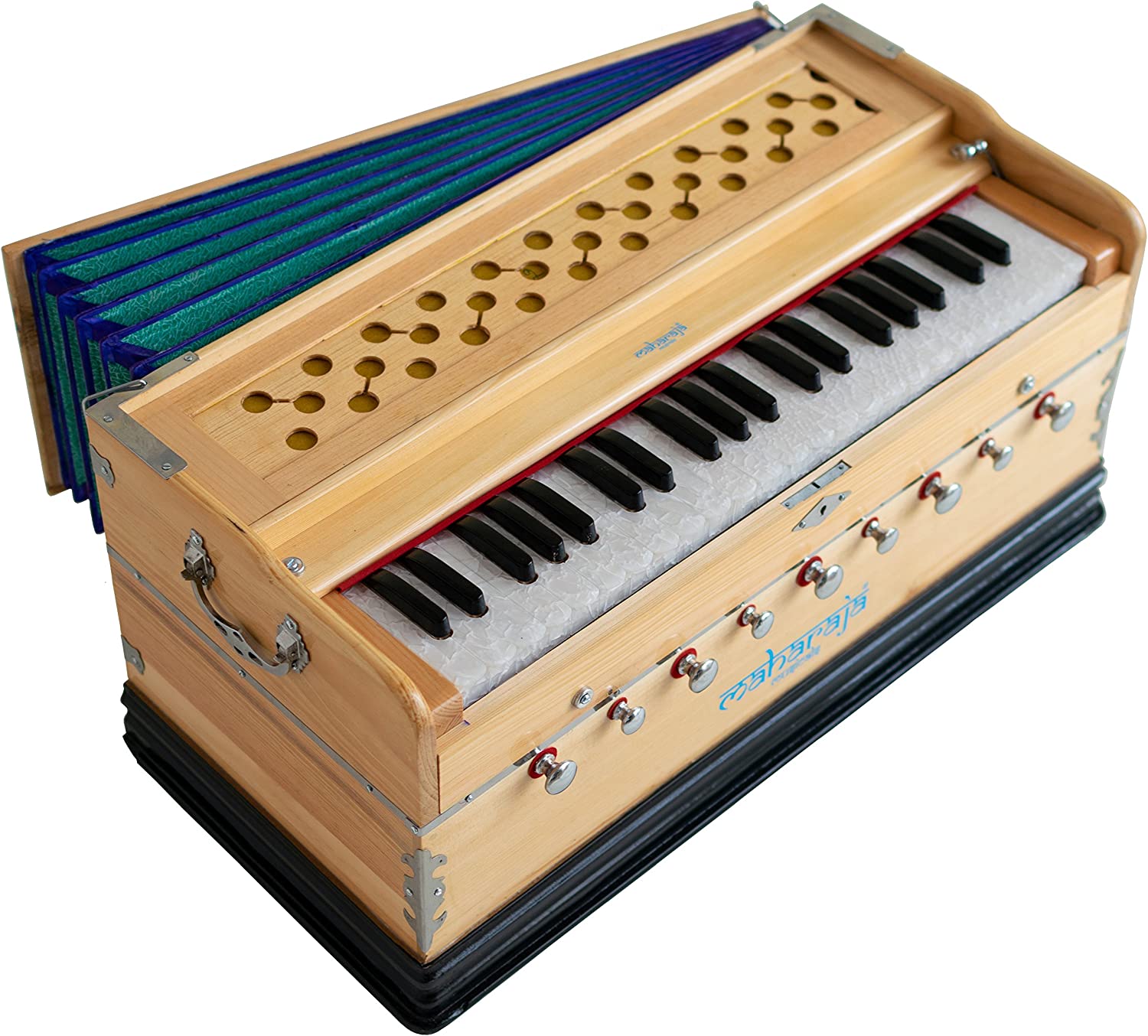The harmonium, synonymous with Indian music
The most widely-known and used free-reed aerophone in India is the harmonium and have been imported from the West. No foreign instrument, however, has caused such a commotion as the harmonium and none is used so extensively, be it in classical, light, film or folk music.
It is the most commonly used instrument in northern India. The harmonium is a keyboard instrument on which twelve semitones of the tempered scale are fixed once and for all in all the three octaves: mandra, madhya and tara. On keyboard instruments only straight notes can be played, grace notes and quarter-tones not being possible. Literature states anything between the ends of the 18th century – which is, in reality, impossible, since the harmonium was only patented in the middle of the 19th century, and the middle of the 19th century. There need to be more sources to enable complete chronological documentation of the history of the harmonium in India. The harmonium’s introduction to India could have been outside the context of Christian proselytization is hardly considered. The harmonium gained a firm foothold early on and in many missionary stations – for want of a church organ the harmonium presented an alternative for several reasons: its tuning was robust, it was comparatively easy to transport, and no callants were required – for all these
reasons it was most suitable for Christian music.
The import of many instruments for a different purpose, namely for domestic performance in the European households in India (as mentioned earlier), especially in Calcutta (Kolkata). Jotindra Mohan Tagore (born 1831) is said to have imported the first musical boxes and barrel organs, but it most likely means that he was the first Indian to import these instruments. By the 1880s, the import figures for harmoniums had increased impressively – initially, the instruments were imported from Britain, but later also from the USA. The main
reason for the rise of a local harmonium manufacturer was probably that the bulky pedal Harmonium manufactured by Alexandre and other French makers were expensive and unsuitable for the average Indian home. Nonetheless, the occasional import of European
musical instruments that had begun some decades earlier developed into an independent branch of trade, which no longer (as opposed to the apparent situation before that) was firmly in British hands, but offered British, Anglo-Indians (Indians with Anglophone education) and
Indians an opportunity to do business to an equal extent.
Today’s version of the harmonium is capable of providing a whole range of tonal excellence very rare in other instruments. A top-quality harmonium has two, three and even four sets of reeds. The instrument covers three to four octaves, encompassing sub-bass, bass, medium and female. The instrument is larger and has built-in gadgets to filter the air through two compartments. From the airtight compartments, the wind emerges softly through the reeds when a key is pressed. This made the sound it produced strident and harsh. Present-day harmoniums have three reed boards joined together with the provision for air release in a zigzag fashion, ensuring the softness of tone and melody.







There are no comments